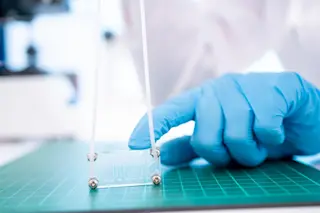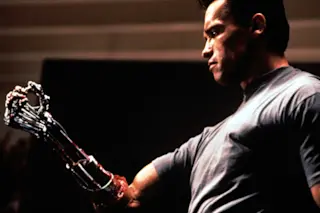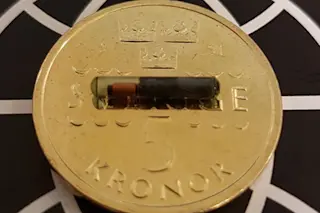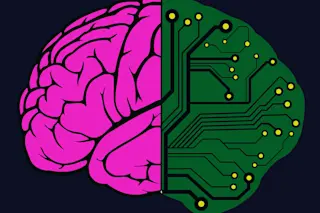After the 2004 tsunami smashed into South Asia, thousands of the dead awaited identification for weeks and even months. The more time passed, the harder it became to identify the victims, let alone determine their age.
In the wake of a similar catastrophe, however, a new technique may help us learn victims' ages by analyzing the crystalline proteins in their eyes. The proteins form in the lens of the eye during the first two years of life, remaining unchanged thereafter. For anyone born in the last six decades, moreover, the lens proteins carry a radioactive marker—a special signature reflecting the pattern of nuclear bomb tests starting in 1955 and declining at an exponential rate since 1963.
"We're always on the lookout for methods of improving our ways to identify corpses," says Niels Lynnerup, a forensic anthropologist at the University of Copenhagen, who developed the technique based on levels of carbon-14. ...














